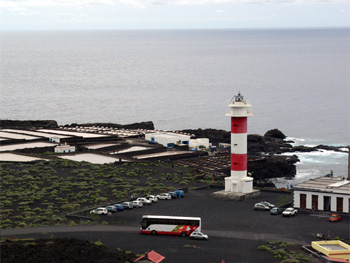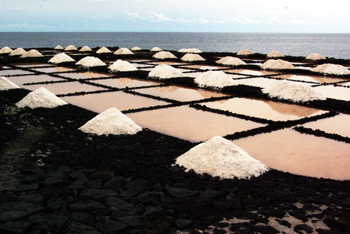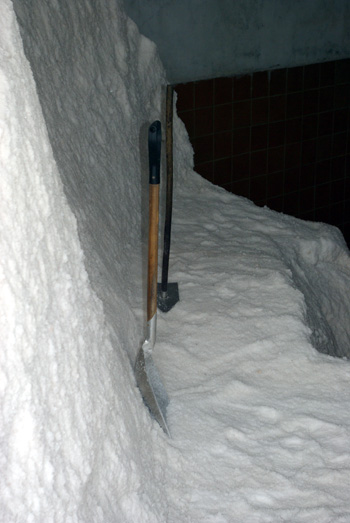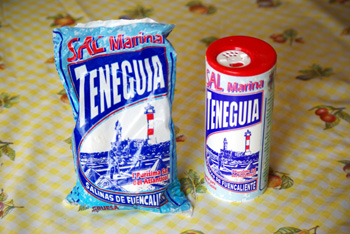Cancajos Salt Pans

The wind pumps that lifted seawater into the salt pans
You can visit a working salt factory on the southern tip of La Palma, but if you're staying in Cancajos, in Breña Baja, it's worth taking a peak at the ruined salt factory.
The sea front promenade runs south from the main beach along the top of a low cliff, and it's a very pleasant walk. It's smooth and flat enough for push chairs.
A couple of stone towers stand towards the southern end of the promenade. The one nearer the path looks as though it might have been a castle, or a watch-tower for whatever was behind the long stone wall on the landward side.
Actually, it's a salt factory.

The tower nearest the sea used to have a windmill on top. This lifted the water up into the channel so that it ran to the tank in the second tower, and a second wind pump sent it further inland to the building on the other side of the modern path. There, it was poured
into shallow pools, where the sun evaporated the water, leaving salt.
The factory was built in the early 19th century, but I haven't been able to find out when it stopped working. If anybody finds out, please let me know.
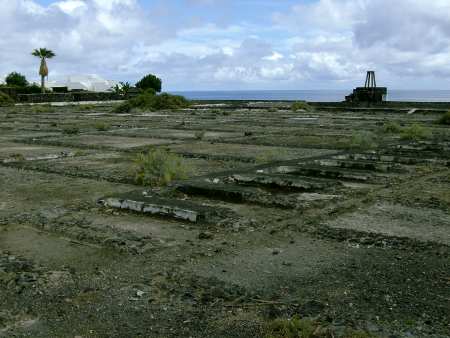 The shallow pans for drying out the sea water
The shallow pans for drying out the sea waterLabels: Breña Baja, Cancajos, history, salt pan
Bookmark with:
 Del.icio.us Del.icio.us
|
 Digg Digg
|
 Reddit Reddit
|
 Facebook Facebook
|
 Furl It Furl It
|
 Newsvine Newsvine
|
|

